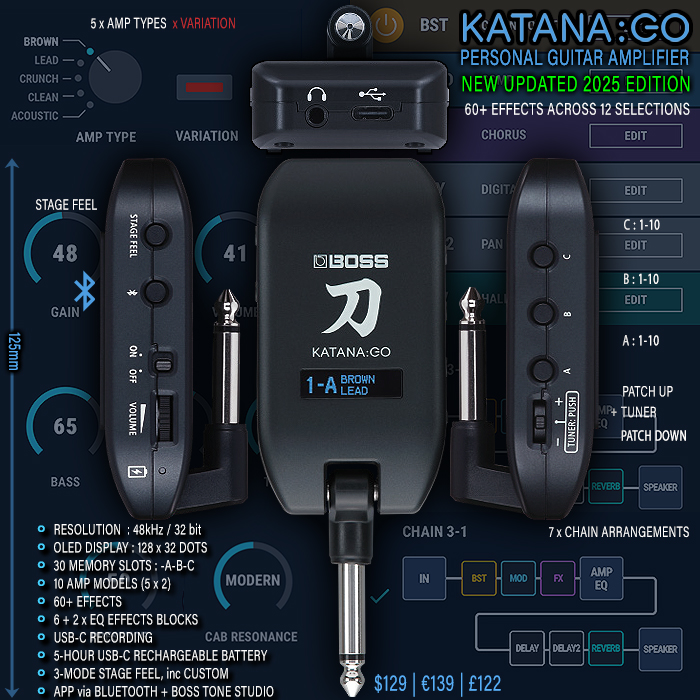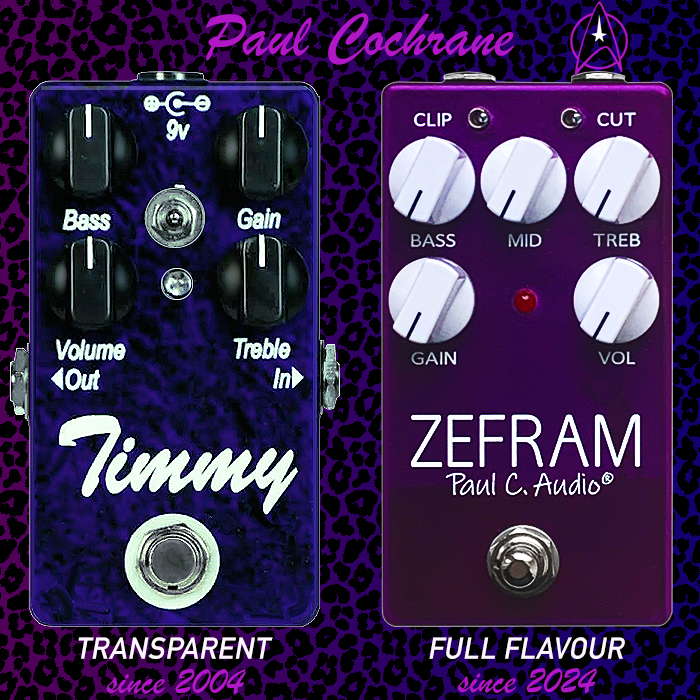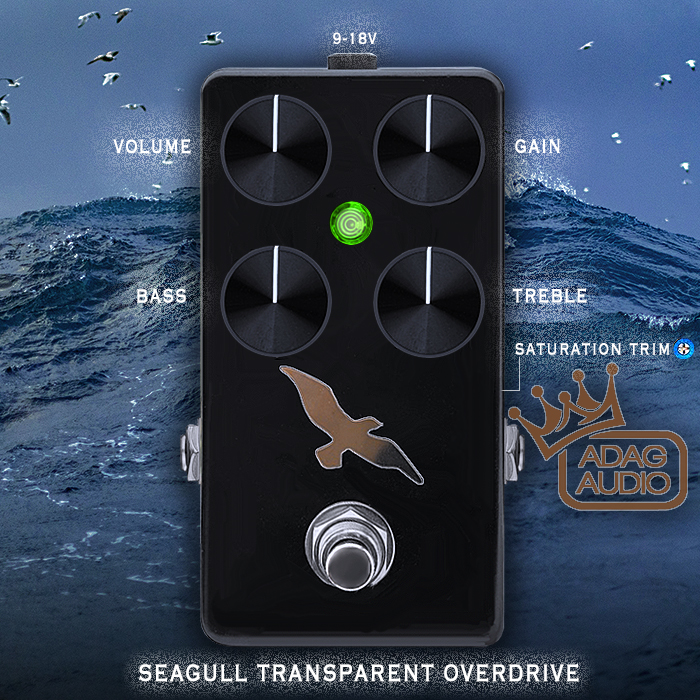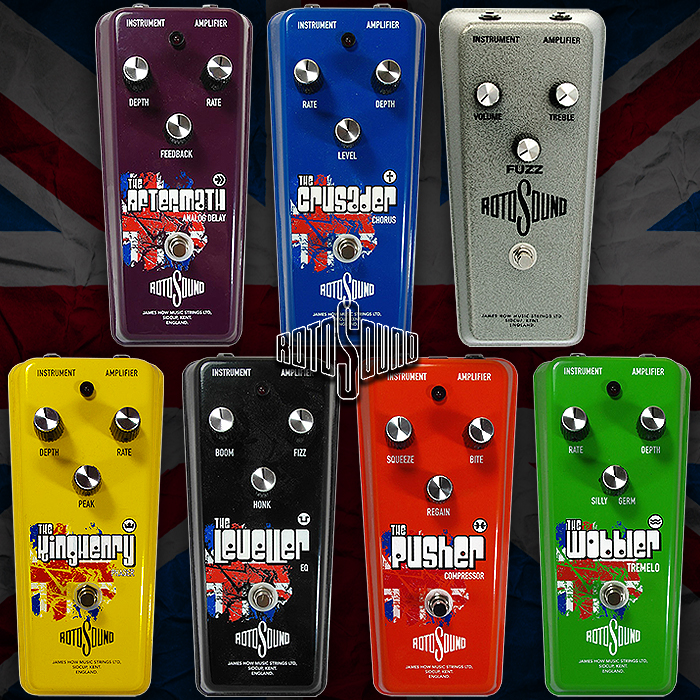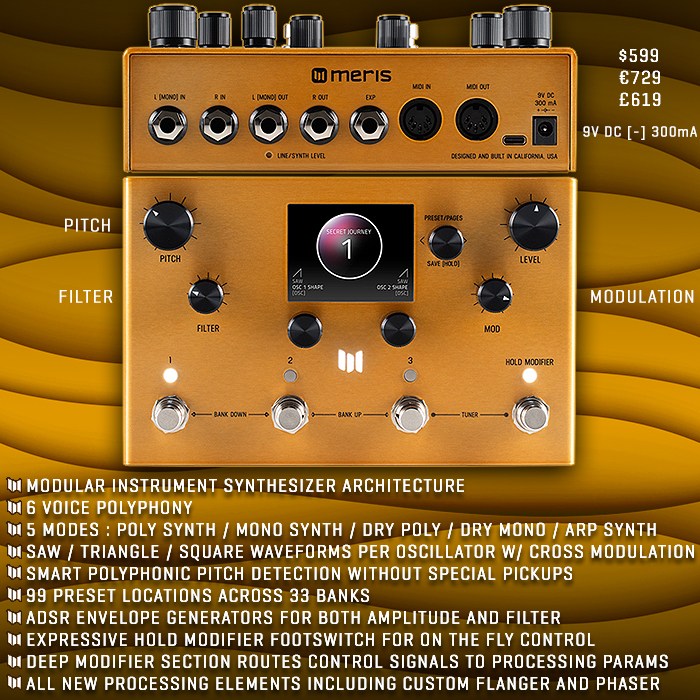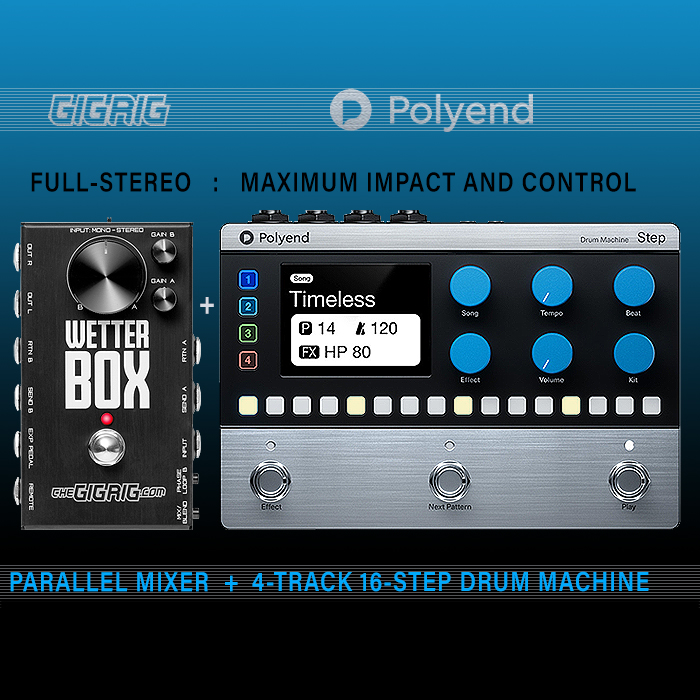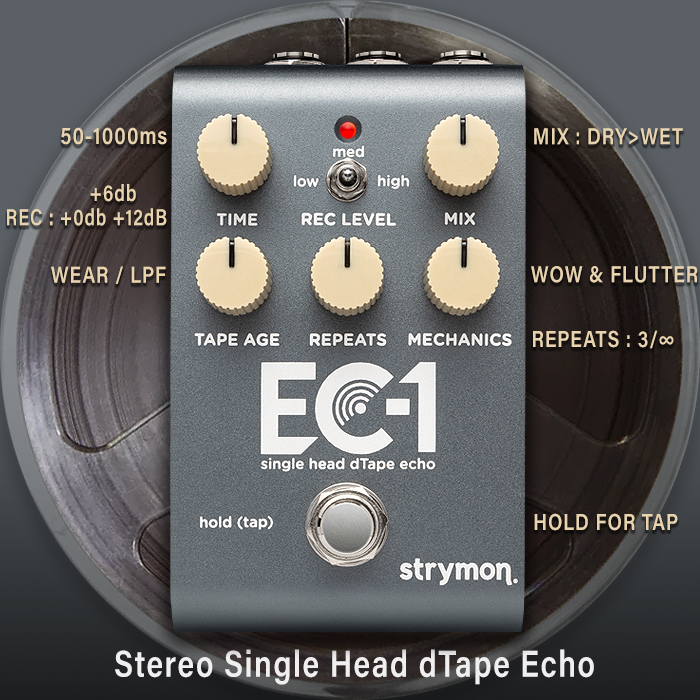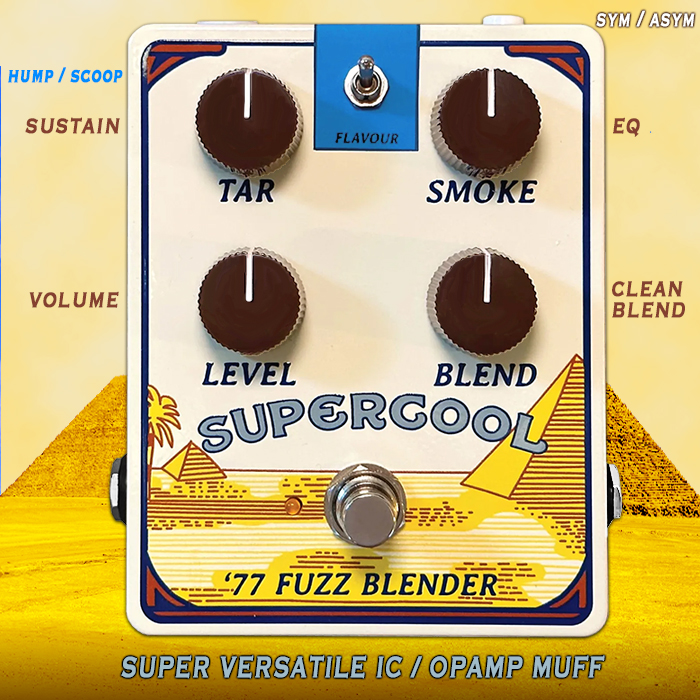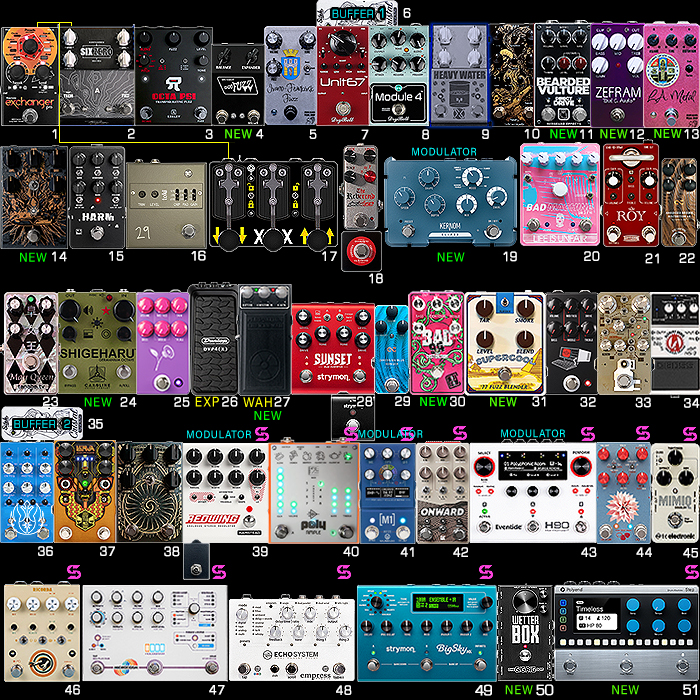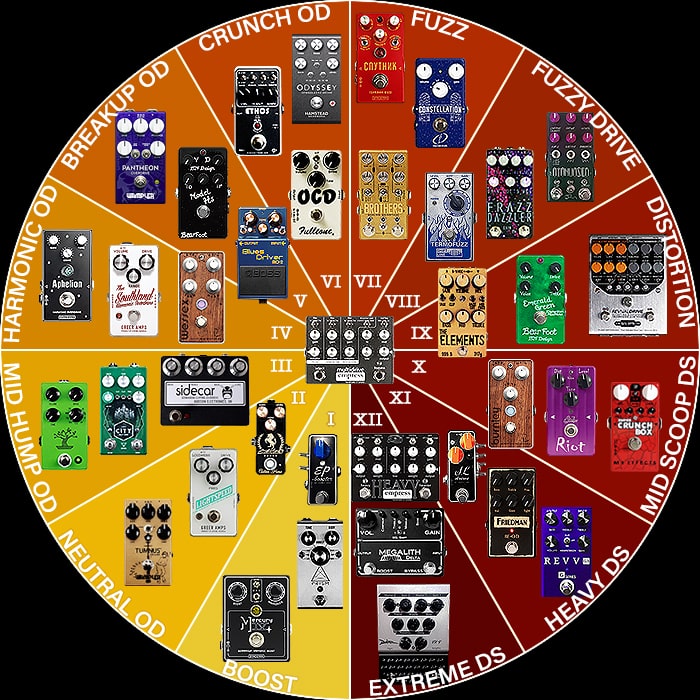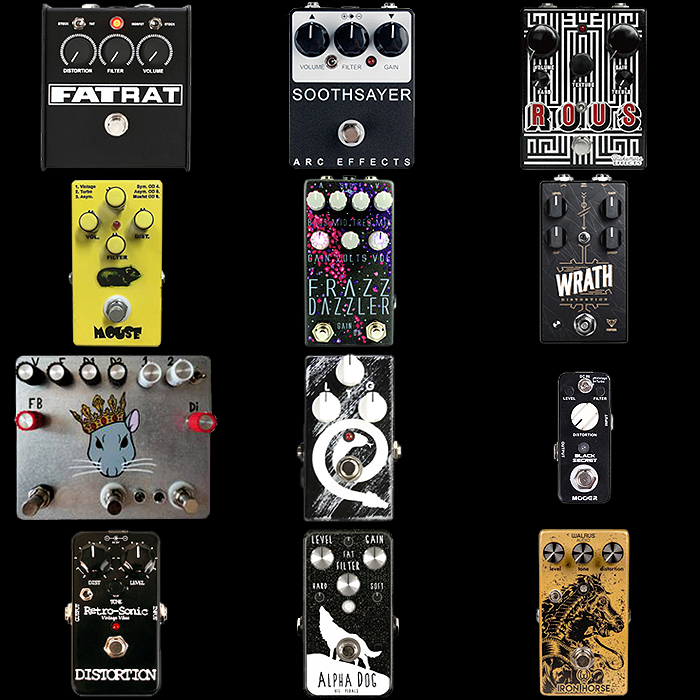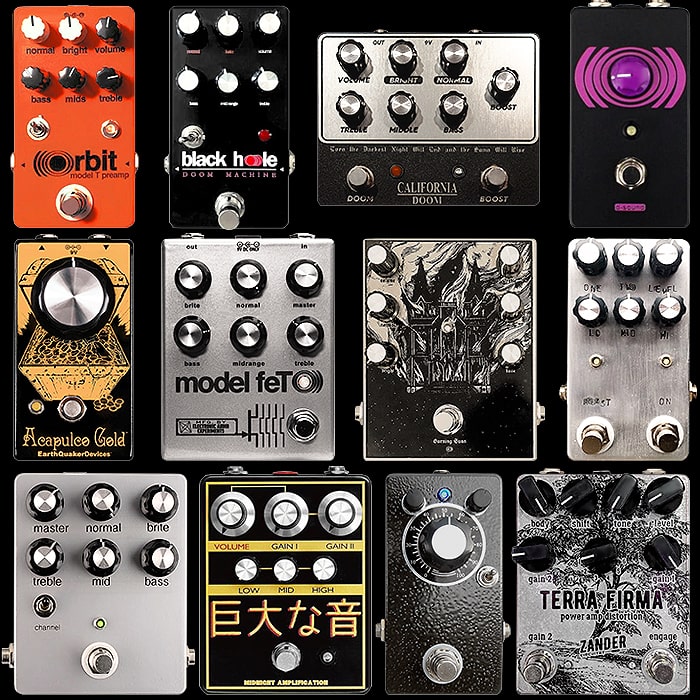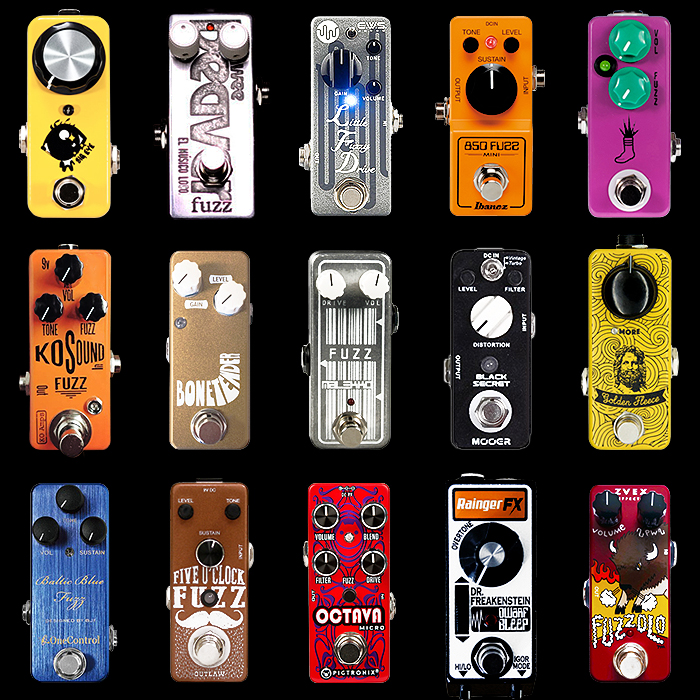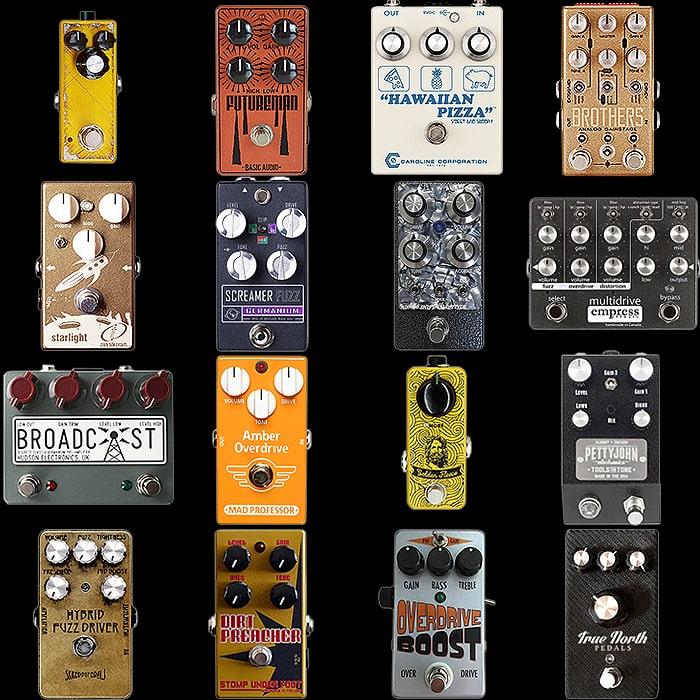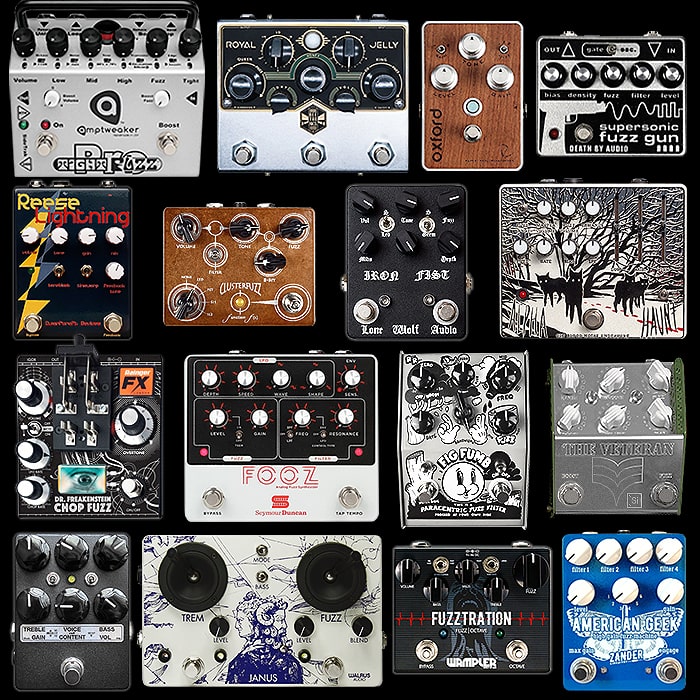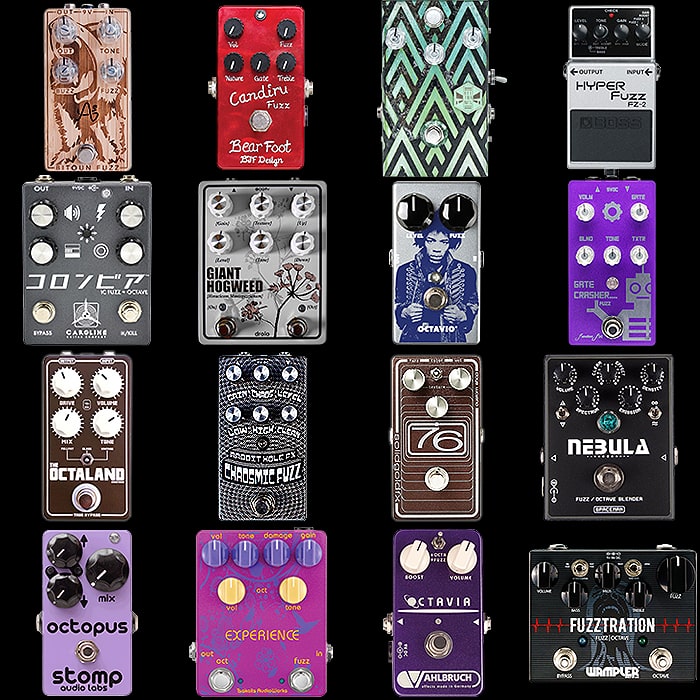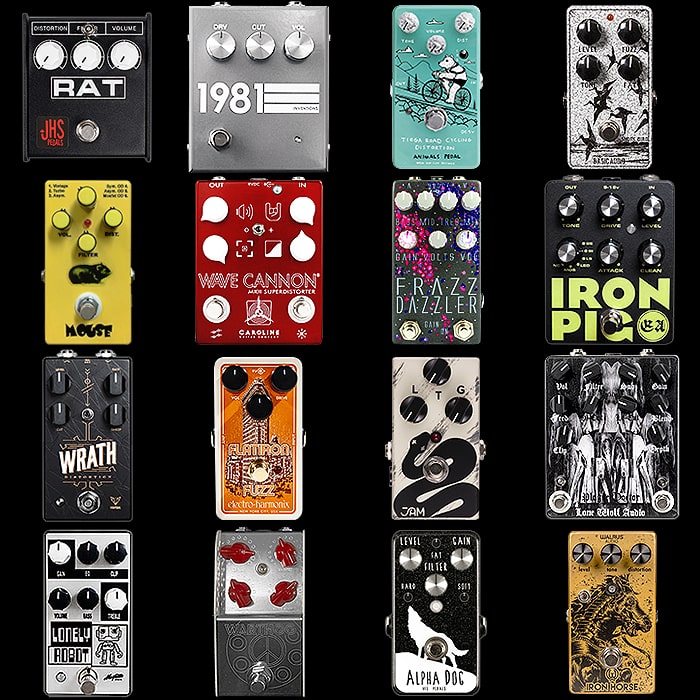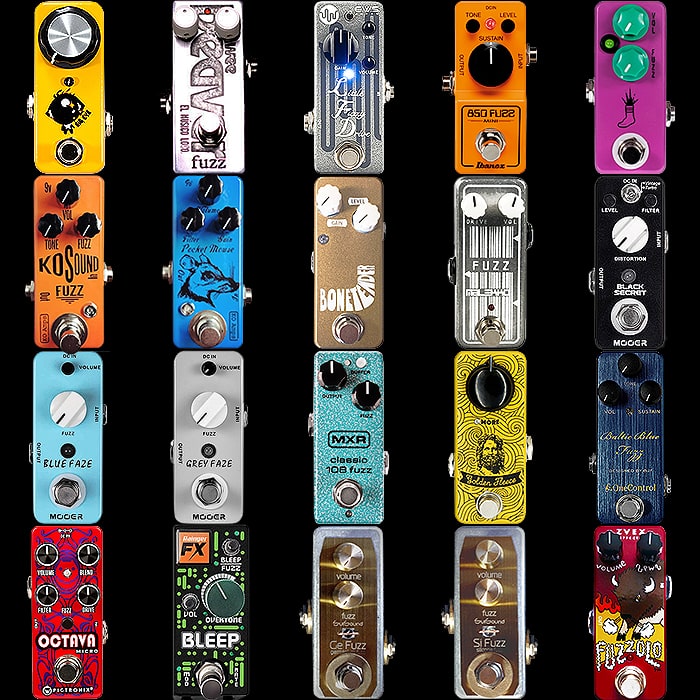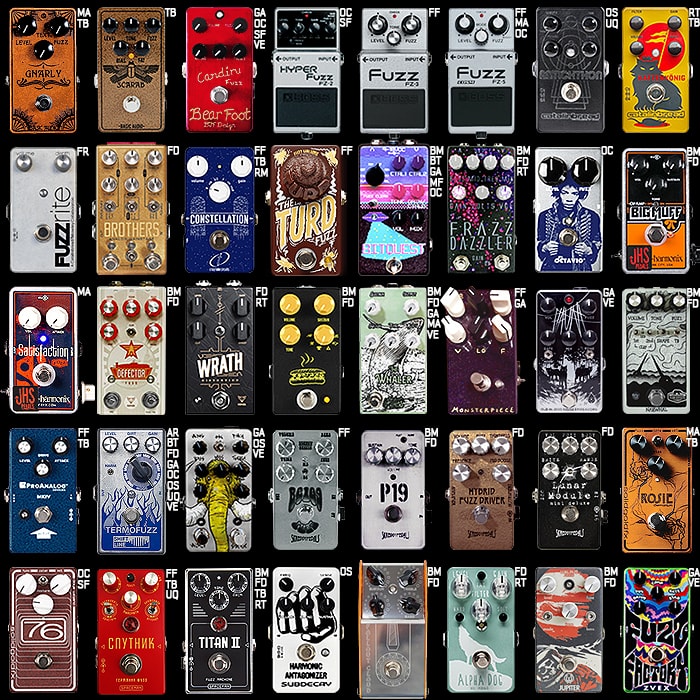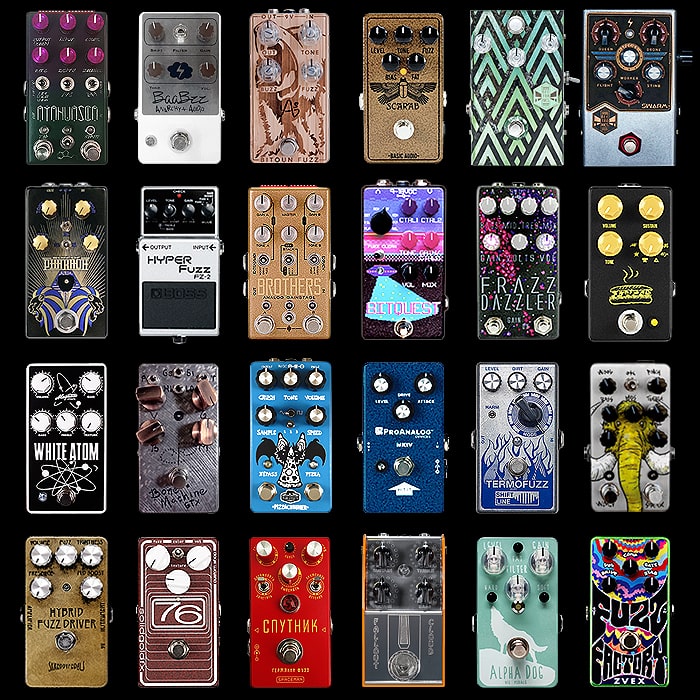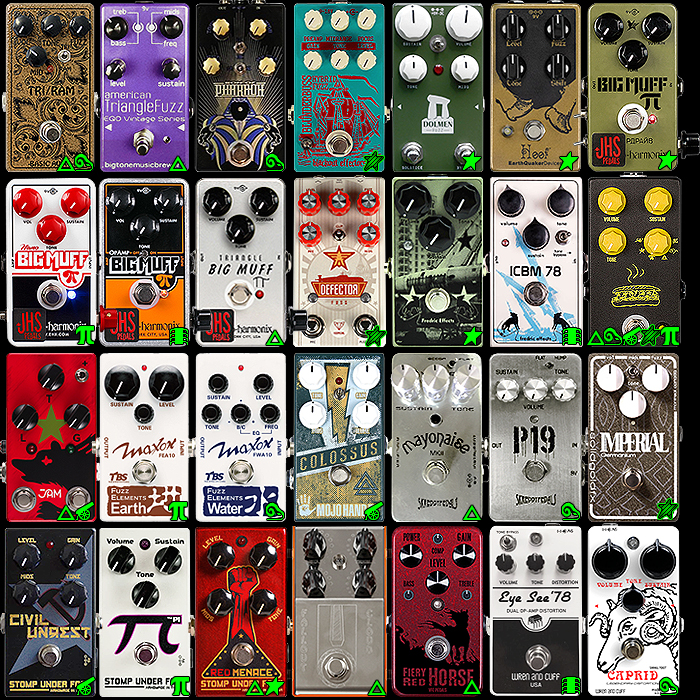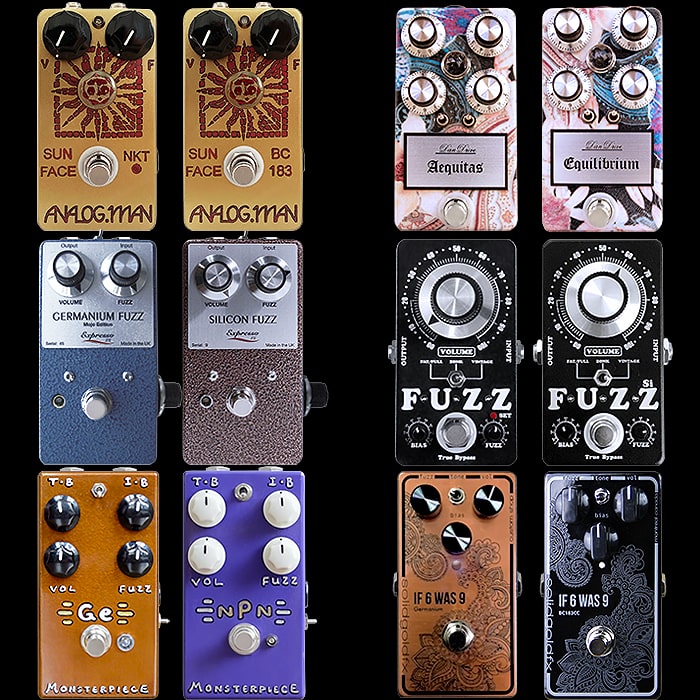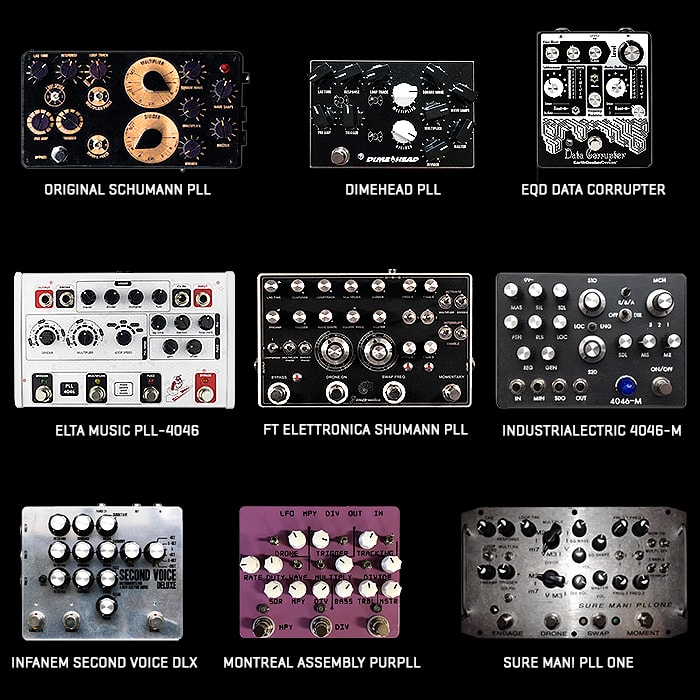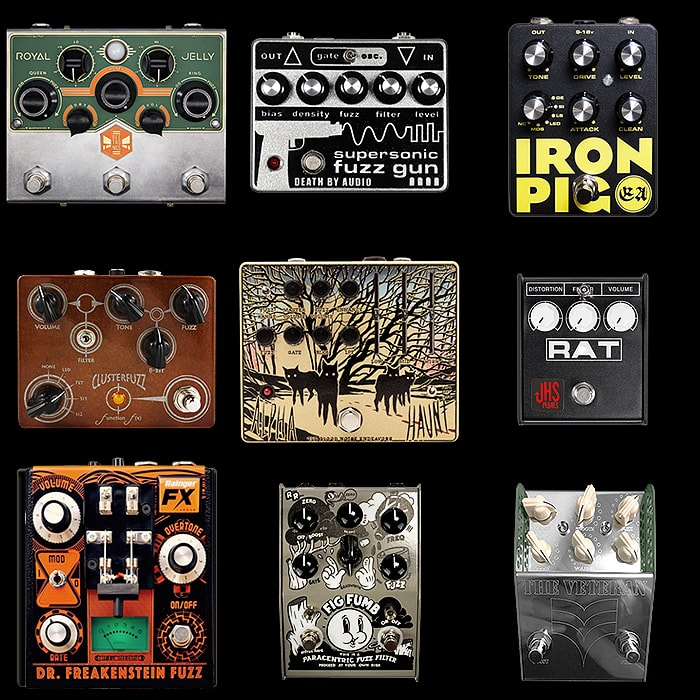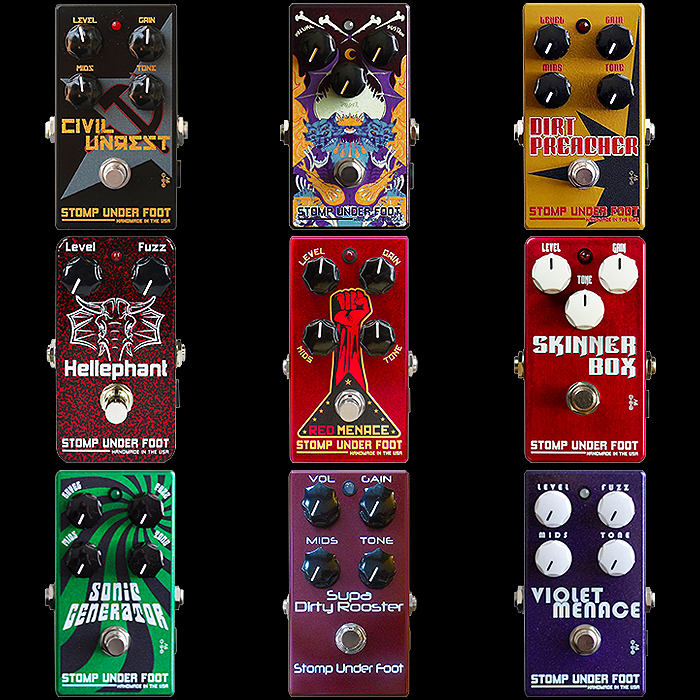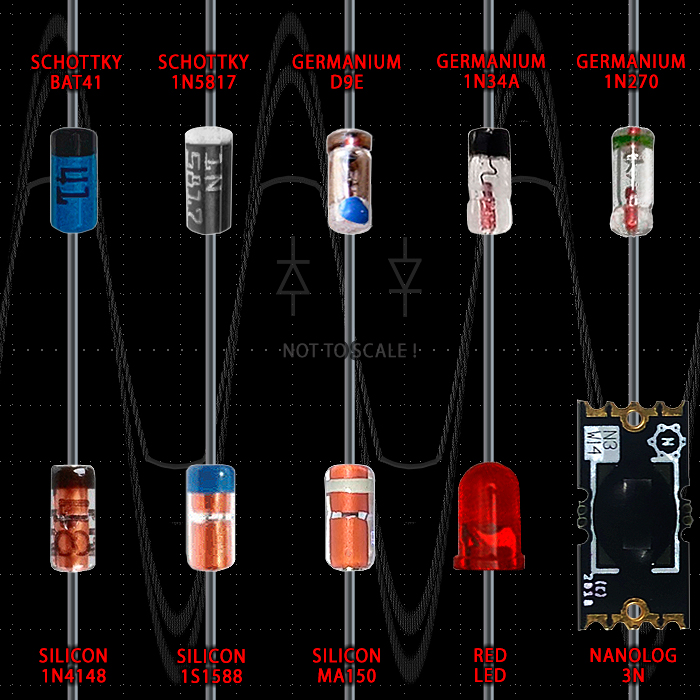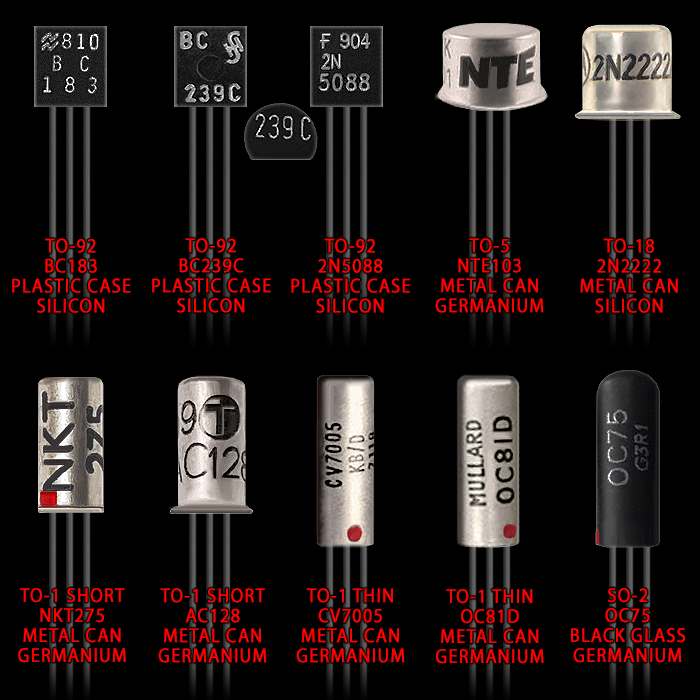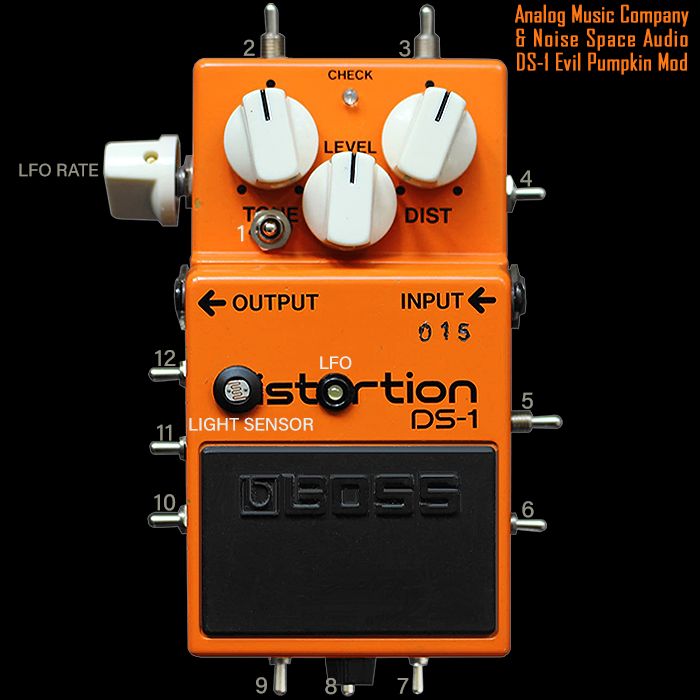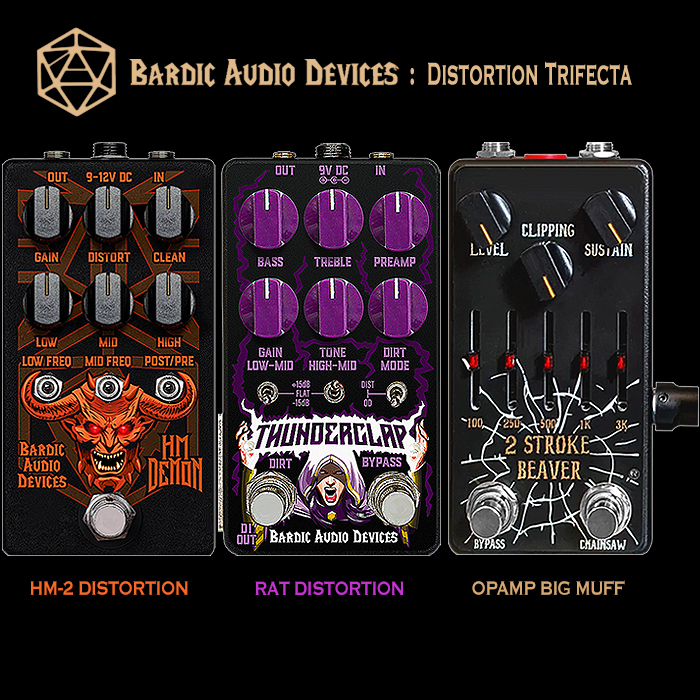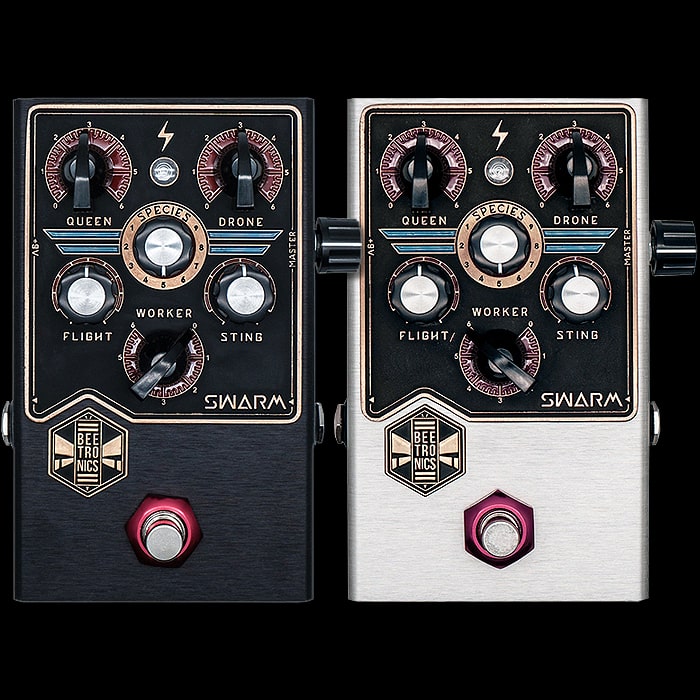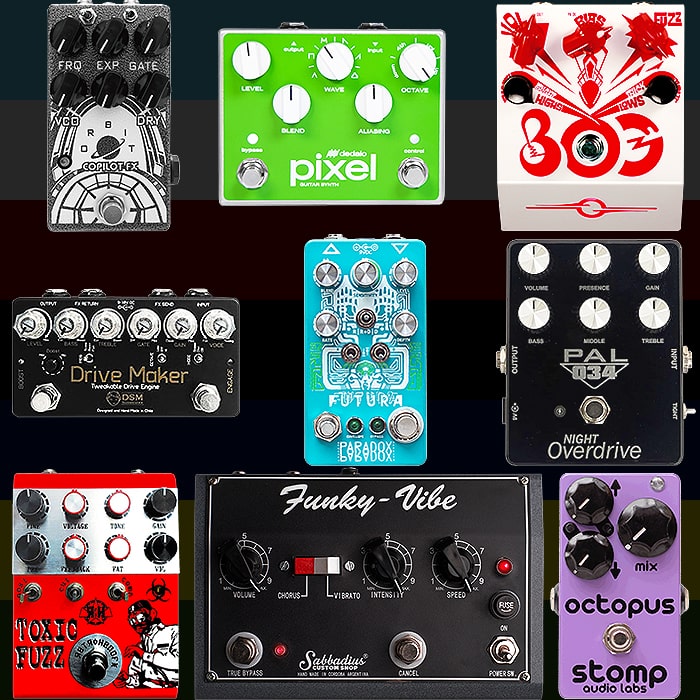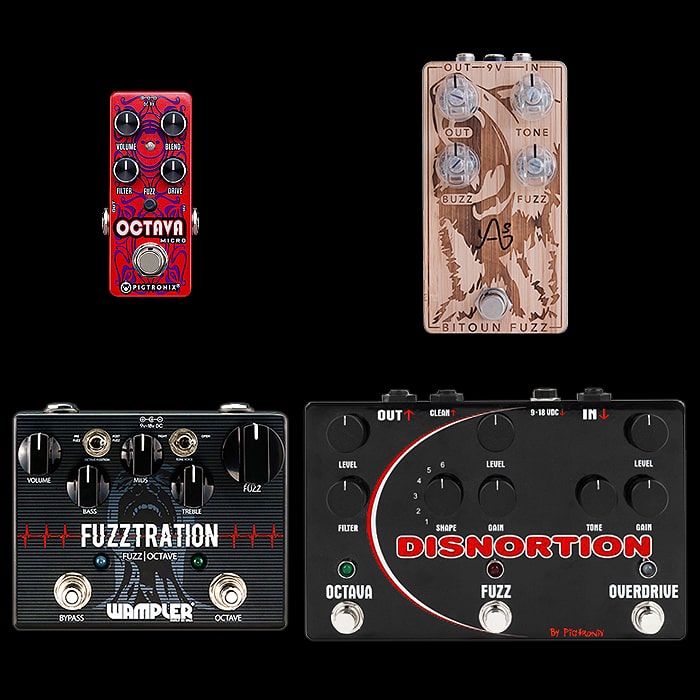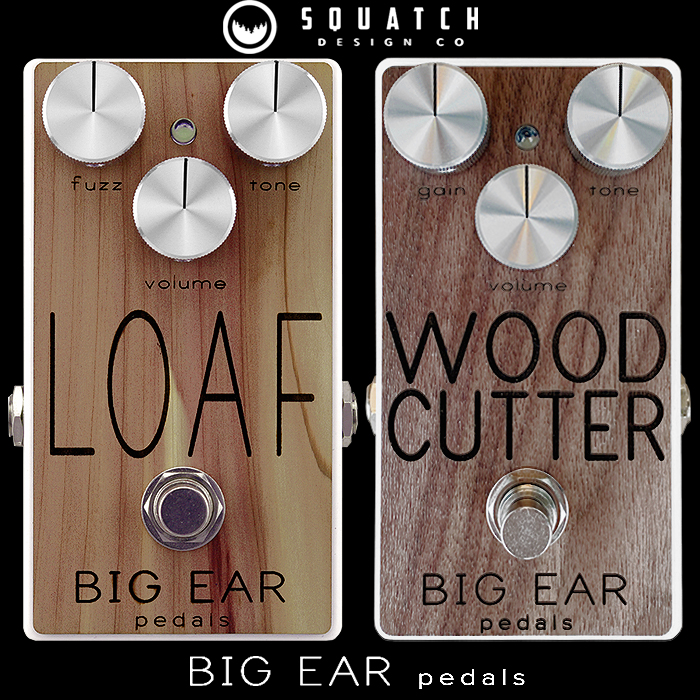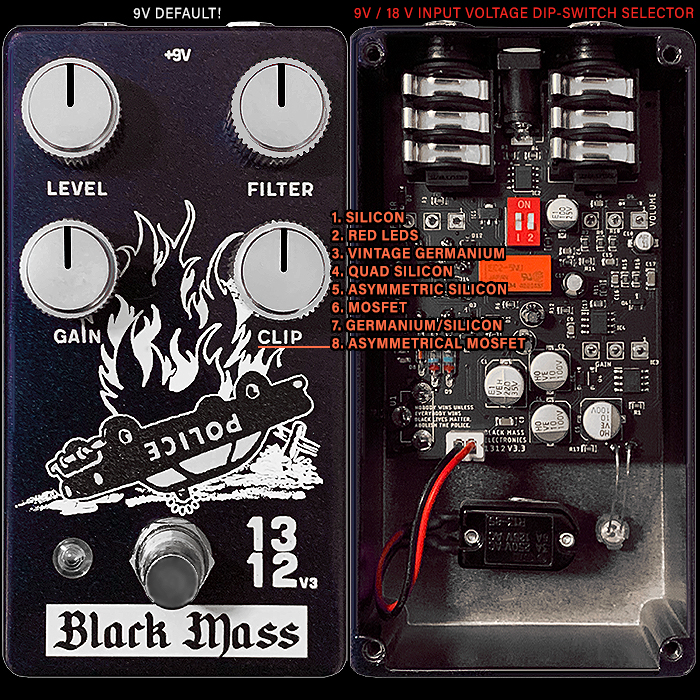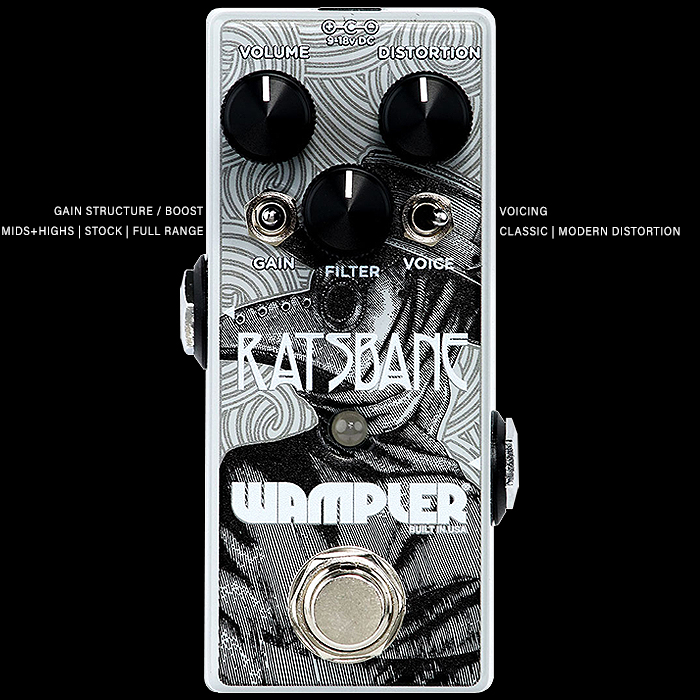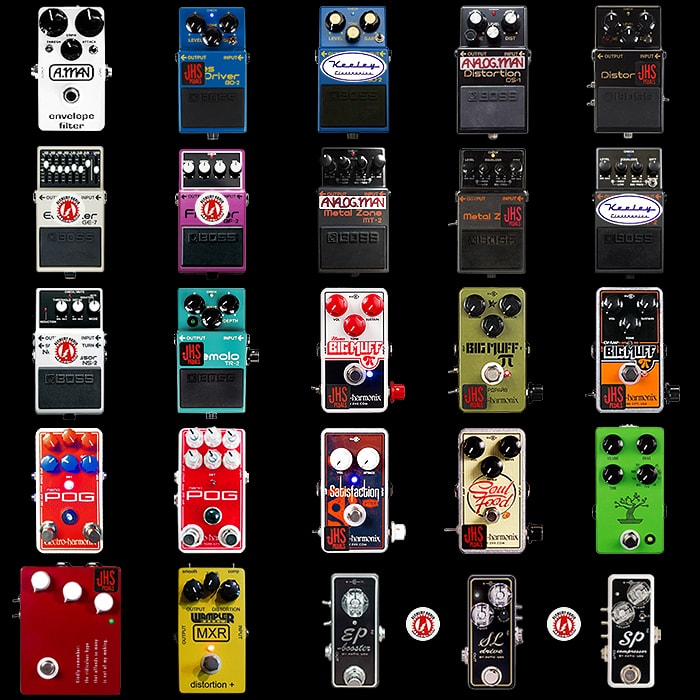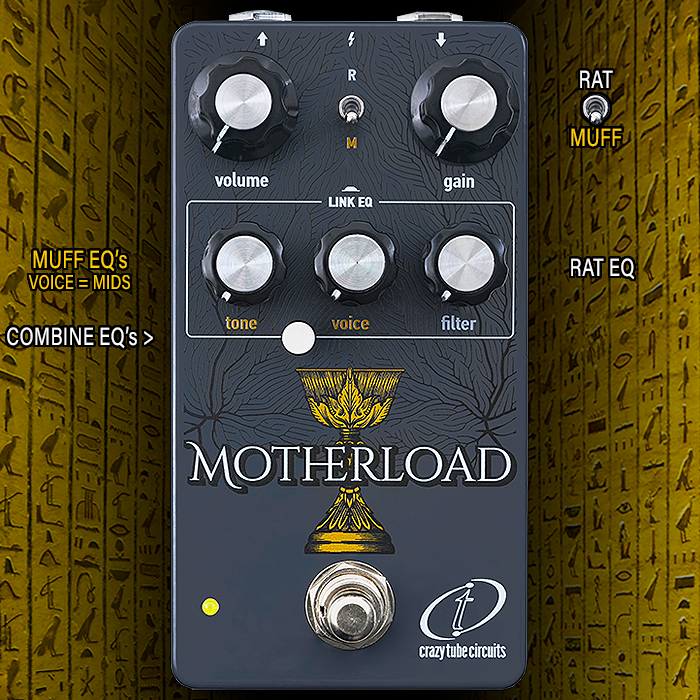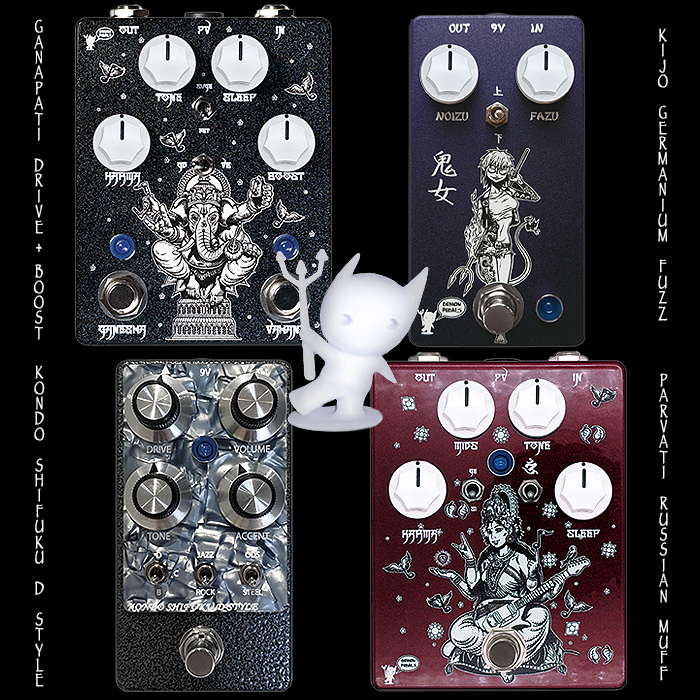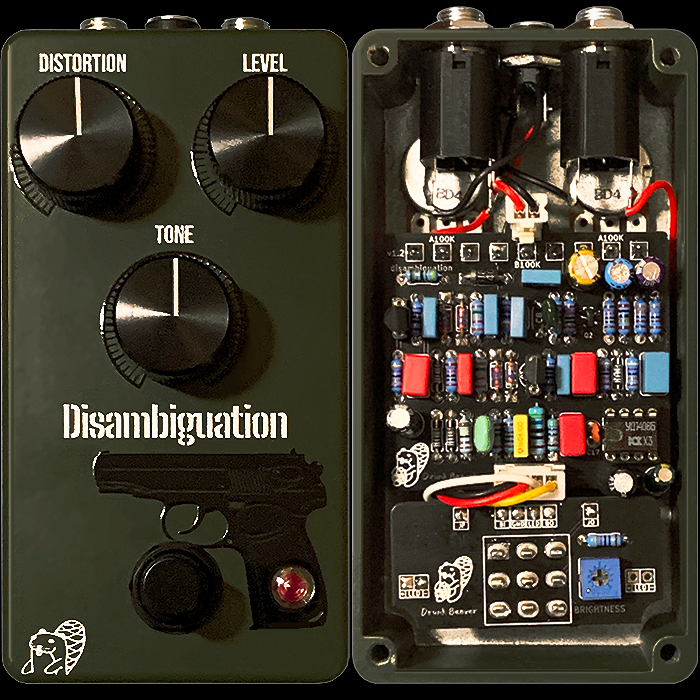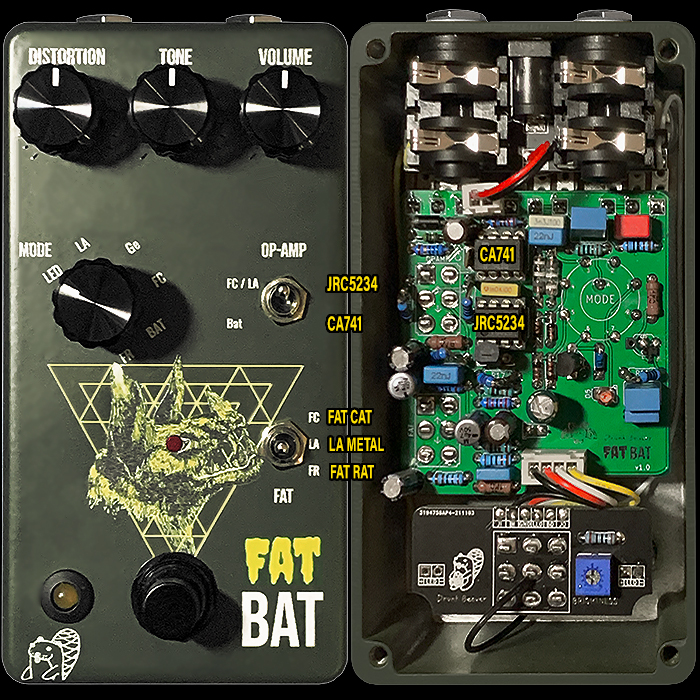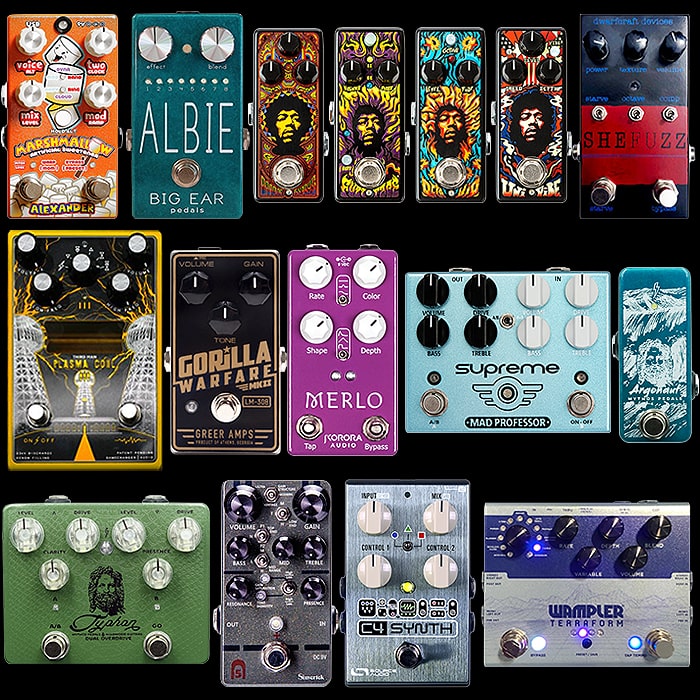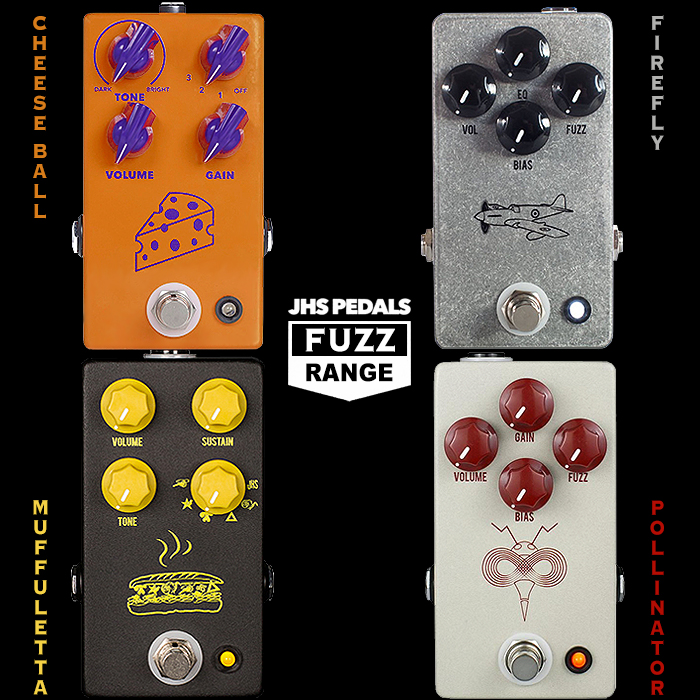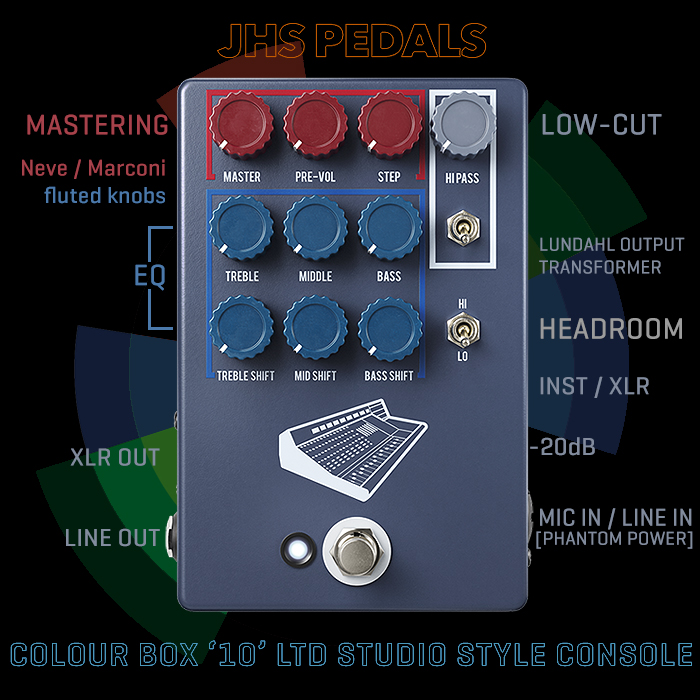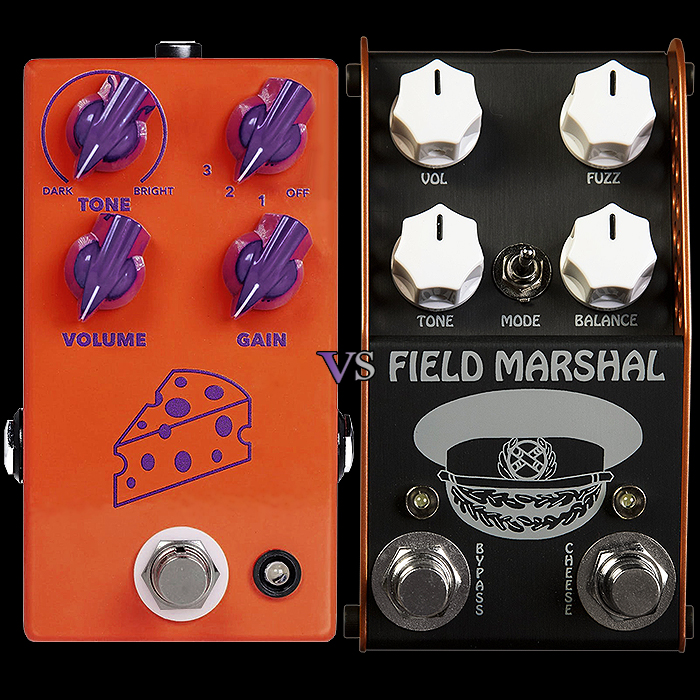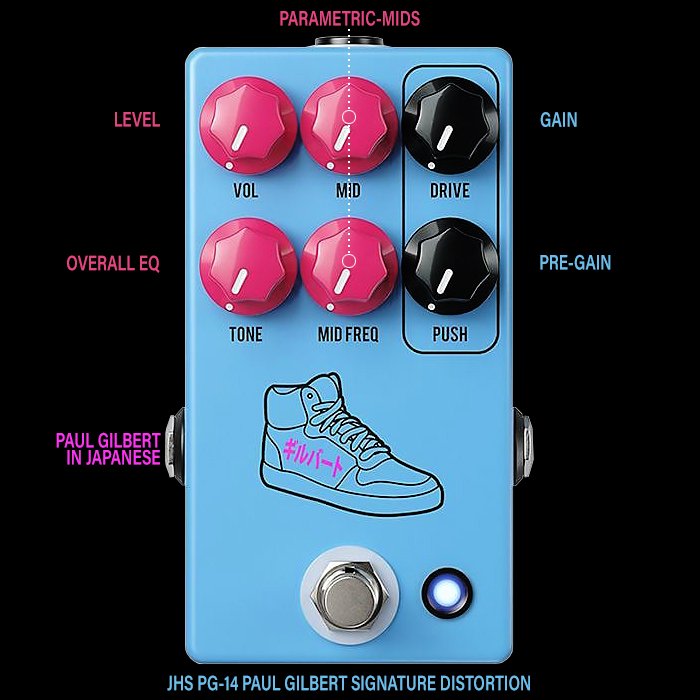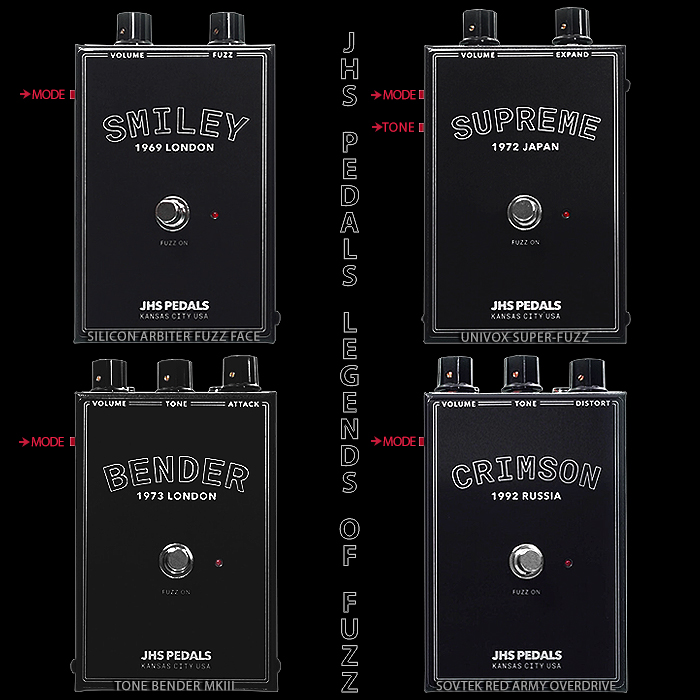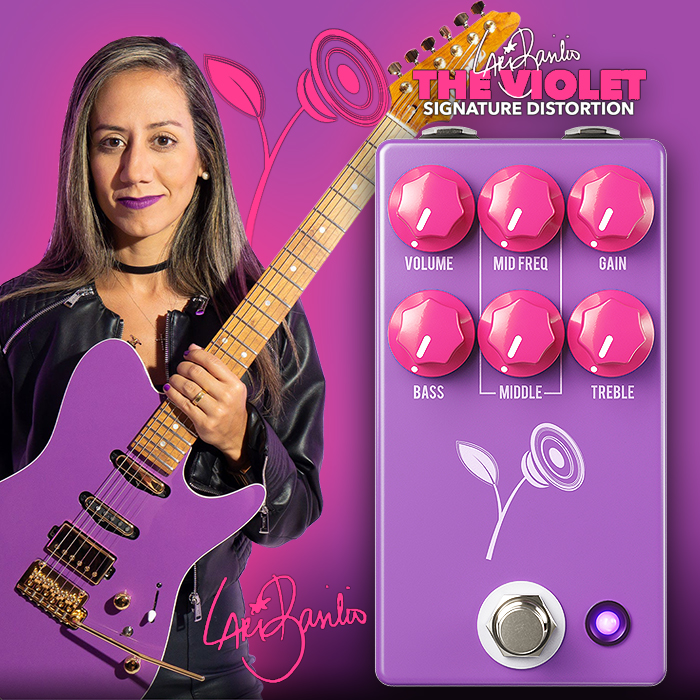A Tale of 2 Rats - JHS and Kinnatone Modded ProCo Rat 2 Pedals
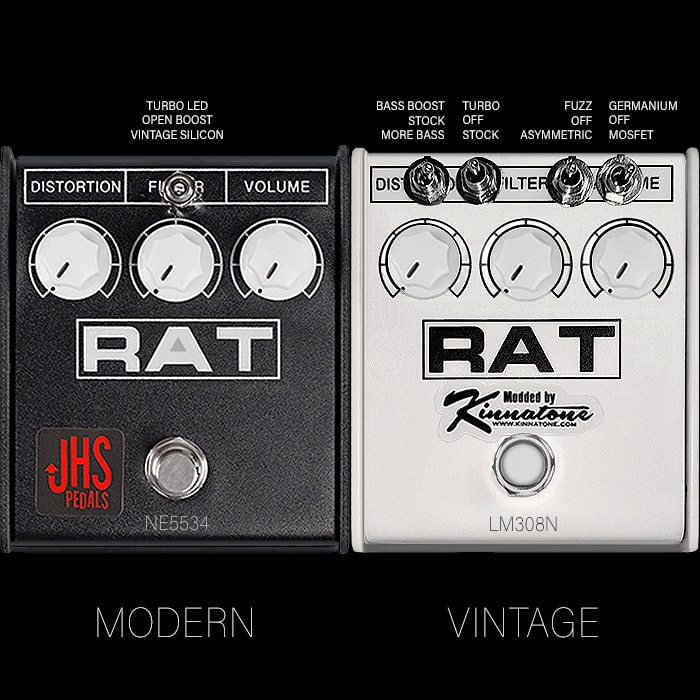
The venerable ProCo Rat was first introduced back in 1978, and became one of the key distortion / fuzzstortion sounds of the 80’s in particular. Numerous bands past and present have had this as one of their key tone ingredients, and earlier versions of the pedal are still very collectable.
The interesting tones that the Rat generated came about somewhat by happenstance in using a fairly inefficient OpAmp chip which had all manner of quirky functional qualities - not least its low Slew Rate or low snappiness of voltage change which is what produced such an interesting frequency profile with somewhat thick distortion texture and artefacts.
The original chip - the Motorola LM308 as with many pedal components has ended up in short supply - even though there are several variants of this type - denoted by A, H or N letters at the end, e.g.:
- LM308A
- LM308AH
- LM308AN
- LM308H
- LM308N etc.
These typically indicate variety of casing or batch even, but can have some very minor differences - which is also really a part of that manufacturing process. In any case from 1978 to 2002 the Rats sported the classic LM308 OpAmp type, while from around 2002 onwards the main OpAmp switched to Texas Instruments’ more widely available OP07DP OpAmp.
Over the years a number of different OpAmp chips have been substituted for the LM308 by modders as well as various pedal builders - sometimes purely as a matter of availability, but also often as a concerted effort to improve on or differentiate their own Rat type tones.
OpAmp chips that have been used in place of the LM308 varieties include:
- Texas Instruments OP07DP
- CA3130EZ (MOSFET)
- LM741 (Low drive)
- NE5535A / NE5534AP (High Slew Rate, Low Noise)
- TL071 / TL081 (BI-FET)
In the case of this article both the pedals here started off as Rat2 varieties (Rat2 was first introduced in 1988). The JHS one uses a standard stock black version, switching out the OP07DP OpAmp for a NE5534, while the Kinnatone one uses the Japanese Ikebe Ltd Edition in White - swapping out its OP07DP for a classic LM308N chip.
I have both of these varieties - with the JHS one having been in the collection for a while, but the Kinnatone one only recently added. If you question why I have both - these are actually quite different beasts both tonally and operationally. Some players will have a preference for one or the other, while I as a big fan of the Rat format - really like both and use them for slightly different things.
The JHS ’Pack Rat’ Modded version is actually widely available in distribution, I got mine from Andertons if I recall correctly. While the White Modded Ikebe variety can only be acquired direct from Brian Kinnaman’s site - kinnatone.com.
JHS 'Pack Rat' Modded ProCo Rat2 - £159
As illustrated above the JHS Mod swaps the OP07DP OpAmp chip for the NE5534 variety which has a high slew rate and lower noise - i.e. improved signal to noise ratio. This is often considered a 'hi-fidelity' OpAmp as it produces a significantly clearer signal, while the core frequency profile also seems to be shifted upwards with significantly less low frequencies and more upper mids by the sound of it. It lacks the 'rawness' and some of the gnarly texture or grit of the LM308 but still sits very obviously within that Rat tone family.
You get a 3-way toggle switch with stock Vintage Silicon Diode clipping to the left, then Open Boost, and finally 2 Red LEDs clipping. As you move the toggle you get significant changes in compression, distortion and volume output and need to adjust to taste each time. The open mode is the clearest, loudest and least compressed.
Fans of the vintage Rats tend not to like this somewhat 'cleaned up' version of Rat - while there is a legion of fans which rather prefers this variety. For me it depends on the day and prevailing mood really - I have 10 or so Rat style pedals in my collection and each of them sounds slightly different and has variances in the tone-shaping department. I actually really like both the versions featured here and do occasionally employ both of them in the pedal-chain, while of course usually it's one or the other.
Kinnatone White Ikebe Edition 'Mischief' Modded ProCo Rat2 - $255 (Kinnatone.com)
I've referred to the JHS version as Modern, while the Kinnatone Rat with LM308N OpAmp harks back to the pedal's Vintage heyday - with all that lovely grit and thick distortion texture fully intact. By default there is also more low end on this as a stock version - well before you start applying the different degrees of Bass Boost.
Here you get 4 x 3-way toggle switches; the first allows you to boost the low-end frequencies to different degrees - Bass Boost | Stock | More Bass; the second pretty much equates with the JHS Pack Rat - Stock (Silicon), Off (Open) and Turbo (twin Red LED); next we have Fuzz | Off | Asymmetrical clipping; and finally Germanium | Off | MOSFET clipping - for ultimate tone-shaping prowess. You really get every flavour of classic Rat you need here - with the proviso that the compression, distortion character and output level can vary enormously depending on configurations selected. Obviously Off / Open modes are louder and less compressed - but generally this pedal has a much grittier textural component here than the JHS version - very much in tune with the classic Rats.
For some this may be option overkill / paralysis - while for the vintage Rat fan - this gives you all the different tonal possibilities in the one box. This is a much rawer / rough and ready tone than the JHS Pack Rat - and very obviously entirely in keeping with the originals.
If you love the vintage qualities of the Rat - low/slow slew rate etc. then this should be your weapon of choice. Yes it's a little more pricey than most - but there's a lot of work gone into acquiring and modifying these - note that turnaround can be as much as 6 weeks, as Brian needs to order the White Rats from Japan before he then modifies them.
Final Thoughts
As reported, I have and love both of these and prefer each in different usage scenarios. I feel I have accurately represented these as 'Modern' and 'Vintage' and depending on what you're looking for - hopefully that will match up to your expectations.
I am one of those that is generally a fan of modded pedals - getting more out of the one pedal = more versatility and more variety. You have various ways to go about acquiring a Rat pedal, and there's nothing wrong with even the less well considered current OP07DP chip versions. Many players have a difficult time discerning between those classic / vintage / contemporary style chips. While there is quite a marked difference in frequency profile and texture between the LM308 varieties and the NE5534.
Both these pedals are beautifully built / modded and come with improved knobs as far as I am concerned - I much prefer these MXR style knobs versus the ProCo originals. The two of them side-by-side look like they were meant to be together!
Finally - for the big question of if I only could have one - I would probably side with the Kinnatone version here - it's much closer to its roots, and offers a little more variety. That said - on some days I definitely prefer the JHS version!







